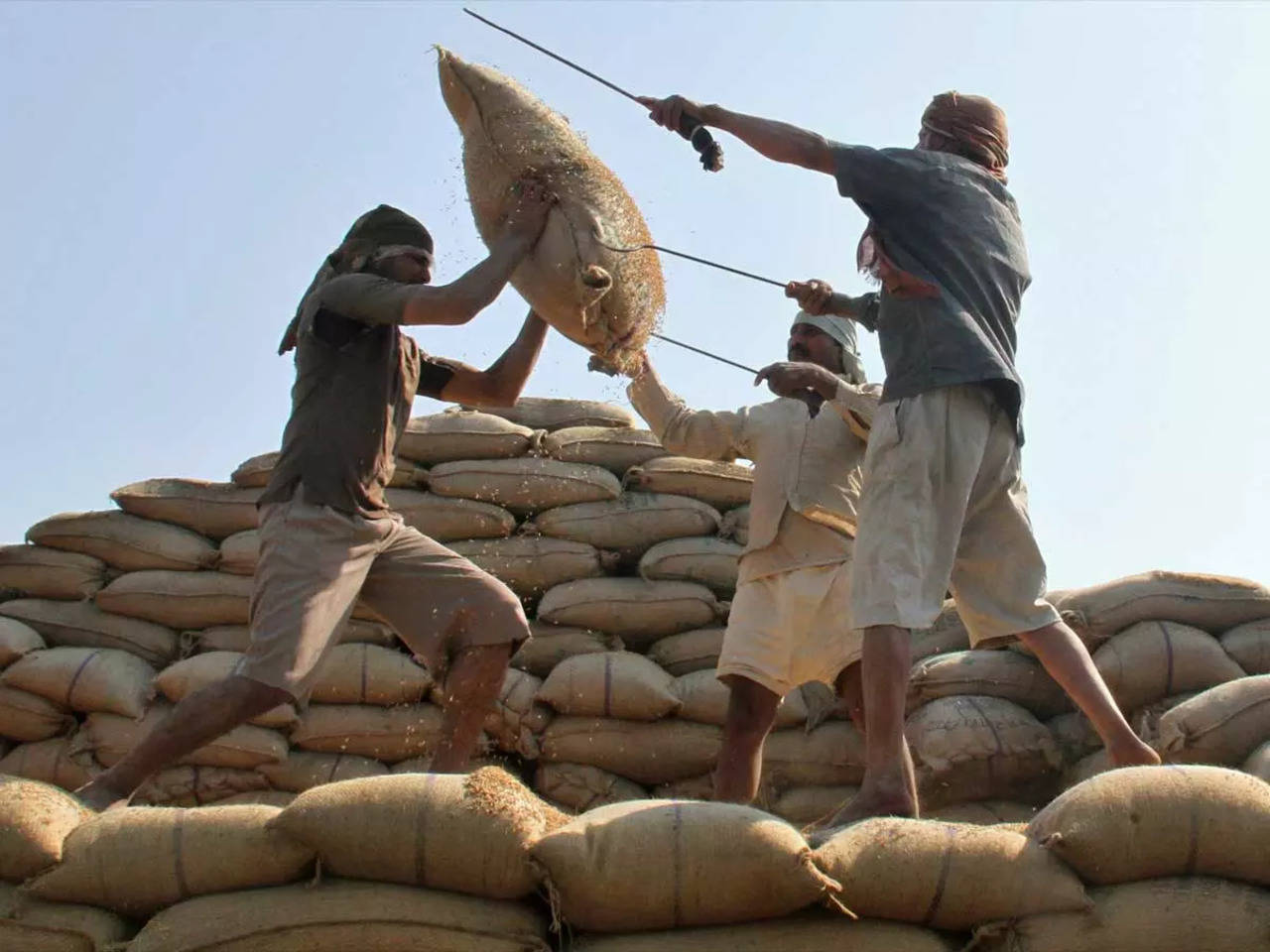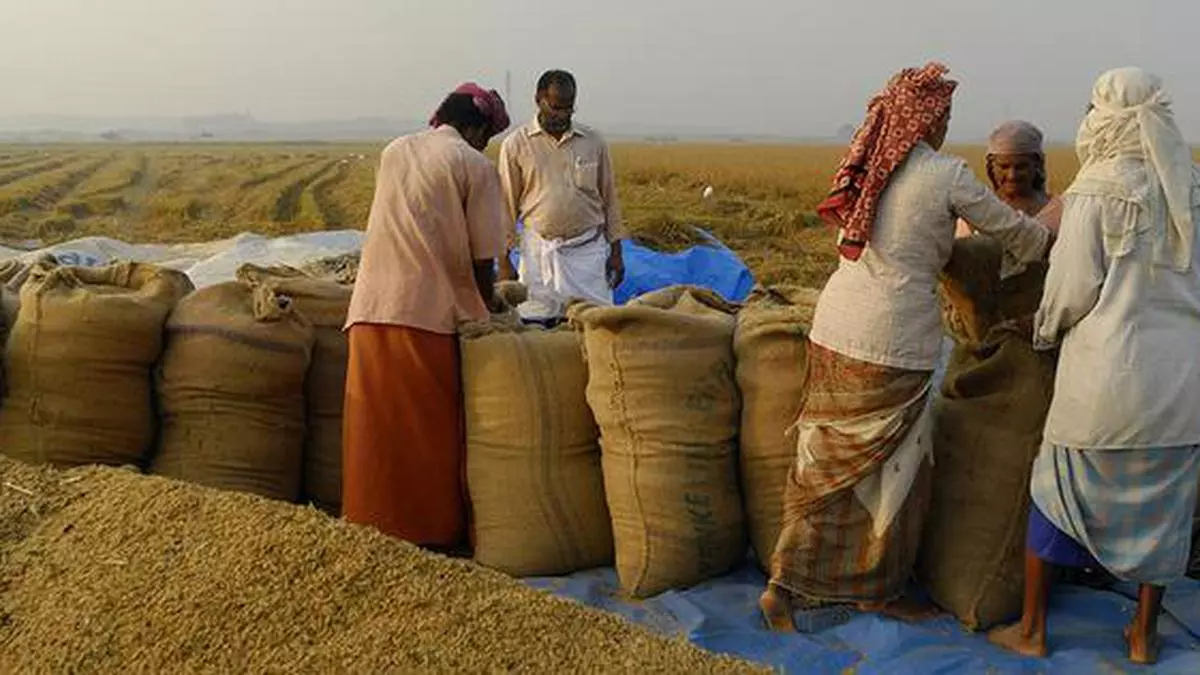Industry Seeks No Extension of Limits on Basmati Exports 2023

Industry Seeks No Extension of Limits on Basmati Exports 2023
Exporters urged the government to avoid imposing a minimum export price (MEP) after temporarily stopping basmati rice shipments below $1,200/tonne since doing so would interfere with the purchase of the grain for the next season.

The majority of the states that produce basmati rice are Punjab, Haryana, western Uttar Pradesh, Rajasthan, Jammu & Kashmir, and Uttarakhand. On the international market, long grain, fragrant rice demands a premium. Half of the yearly projected 9 million tonne (MT) volume of basmati rice production is exported.
The nation exported 4.56 million tonne (MT) of basmati rice in the preceding fiscal, valued at $4.78 billion with an average price of $1,050/tonne. The average export price of basmati rice over the previous five years, according to an official from AIREA, was $975 per tonne.
“MEP fixed for the basmati rice is valid for a few premium rice varieties, it has to be corrected so that shipment of aromatic long grain rice is not hit,” said Ashwini Kumar Arora, MD & CEO of LT foods, a significant basmati rice exporter.
According to authorities, the MEP for basmati rice and the export tariff on parboiled rice were implemented to allow the government time to evaluate the kharif rice crop for 2023–2024.
In the meantime, intraday trading on Monday saw shares of rice exporting businesses Chaman Lal Setia Exports, LT Foods, KRBL, and GRM Overseas decline by as much as 6%.

An official from the commerce ministry noted that basmati rice’s average export price in August was above $1,200 per tonne and added, “There has been large variation in the contract price of basmati being exported with the lowest contract price being $359/tonne in backdrop of the average export price of $ 1,214/tonne during the current month.”
Following news that non-basmati rice consignments had been transported under the “basmati” and “parboiled” rice categories following the ban on exports of white rice last month, it was decided to temporarily impose an MEP on shipments of aromatic rice.
According to the source, the Commerce Ministry had received reliable field reports on the misclassification and exportation of non-basmati white rice, the export of which was prohibited as of July 20, 2023.Retail rice prices increased by 12.96% in July after increasing by double digits all year
Since 2012, India has dominated the global rice trade, accounting for more than 40% of all rice exports. The company exports rice to more than 100 nations..
Following a restriction on the shipment of non-basmati white rice last month, the government last Friday placed a 20% export levy on parboiled rice.

In a surprising yet welcome move, the rice industry has expressed its disinterest in extending the existing limits on Basmati rice exports.
Traditionally known for its unique aroma, long grains, and flavorful taste, Basmati rice is a major export item for countries like India and Pakistan.
Governmental regulations have long existed to ensure the quality of exported Basmati and to protect domestic reserves, but industry players now argue that these limits may be doing more harm than good. This development signifies a shift in the dynamics of agricultural exports and has implications that extend far beyond the Basmati rice sector.
The regulations on Basmati rice exports were initially introduced to preserve its authenticity, maintain quality standards, and ensure sufficient domestic supply. These constraints usually took the form of quotas, tariffs, and strict quality checks.
However, the landscape of global food production and supply chains has evolved dramatically in recent years. With increasing technological advancements in agriculture, improved quality control mechanisms, and better storage facilities, the rationale for such restrictions is gradually eroding.
Thanks to new agricultural techniques and better seeds, Basmati rice production has surged over the past decade. The increased production has rendered the quotas less relevant, with surpluses regularly recorded.
Basmati rice enjoys a strong global demand, especially from countries in the Middle East, Europe, and North America. As the world becomes more globalized and diverse cuisines become more accepted, the demand for this luxury rice is only expected to rise.

Industry players argue that the costs associated with compliance to the existing limits are cumbersome. These include bureaucratic red-tape, the price of getting quality certifications, and the risk of fines or other penalties for non-compliance.
In the global market, Basmati rice competes with other high-quality rice varieties from countries with more relaxed export limitations. Industry leaders contend that the existing constraints put them at a competitive disadvantage.
While the government has yet to issue an official statement, preliminary discussions indicate a willingness to reevaluate the existing limits. Authorities are under pressure to balance the interests of farmers, exporters, and consumers. However, the industry’s new position provides an added impetus for reconsideration of the existing regulations.
The removal or relaxation of export limits could have significant economic implications. Higher exports may lead to better revenue streams and potentially improve the balance of trade. On the flip side, there may be concerns about domestic price stability and ensuring a fair share for local consumers.
The industry’s stance against the extension of Basmati export limitations is an intriguing development that reflects broader changes in the agricultural sector, global trade dynamics, and consumer demands.

It also brings up essential questions about how regulations should evolve in the face of changing realities. As both government and industry stakeholders reassess the situation, the coming months are likely to be crucial in shaping the future of Basmati rice exports.




